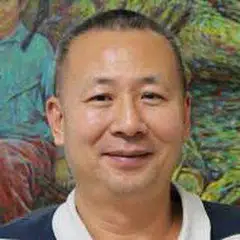
Hsu Chung-mao
Historical photo collector, author
Hsu Chung-mao has been a journalist for 20 years. He has been at the frontline covering the Israel-Palestine conflict, the US’s bombing of Libya, and the civil wars in El Salvador and Nicaragua. He is currently the head of Nueva Vision Co, Ltd (新世语文化有限公司), and his published works are branded under the Hsu Chung Mao Studio (徐宗懋图文馆) in Taiwan and Qin Feng Studio (秦风老照片馆) in mainland China. In recent years, he has been collecting images of recent world history, to encourage civic education and cultural exploration, and to promote old photos as important first-hand material into recent history.